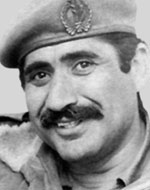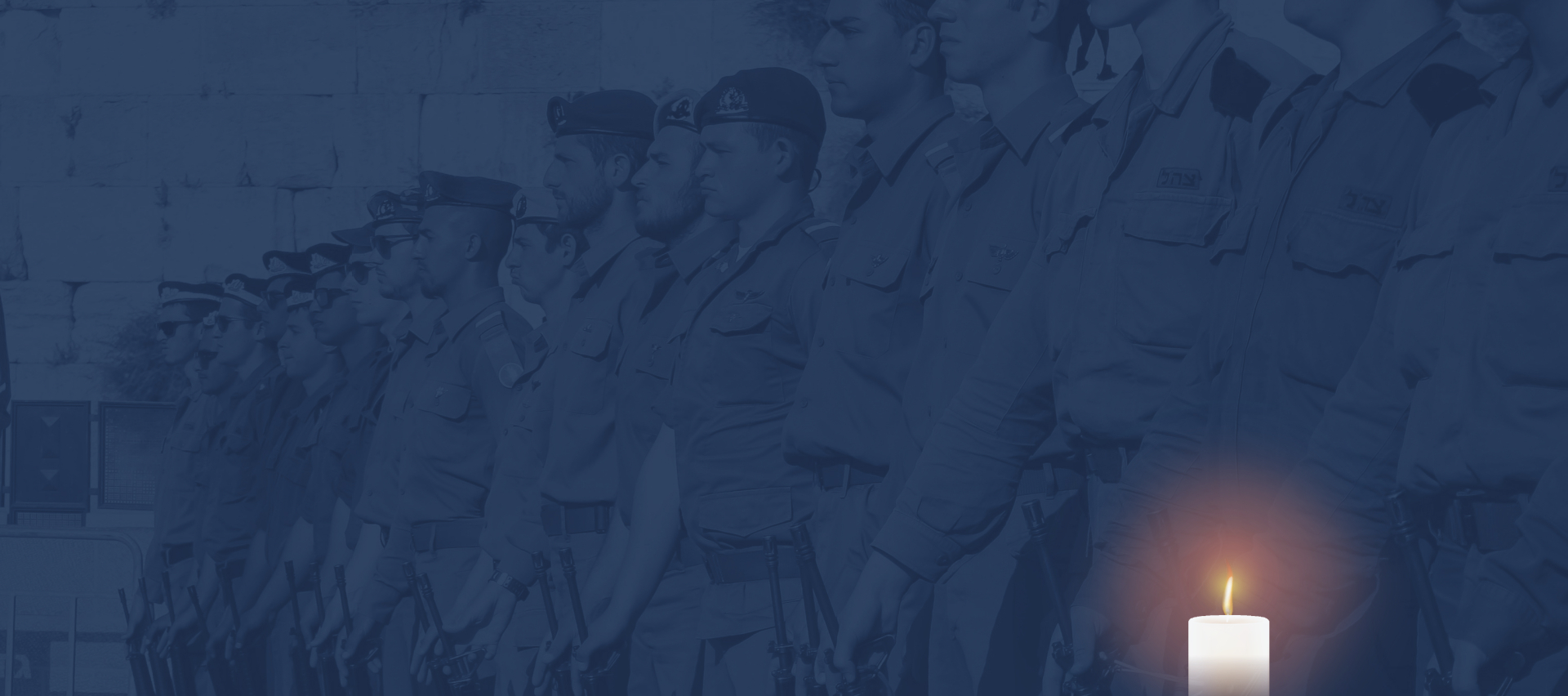,אֵ-ל מָלֵא רַחֲמִים, שׁוכֵן בַּמְּרומִים, הַמְצֵא מְנוּחָה נְכונָה
,עַל כַּנְפֵי הַשְּׁכִינָה בְּמַעֲלות קְדושִׁים, טְהורִים וְגִבּורִים
כְּזֹהַר הָרָקִיעַ מַזְהִירִים, לְנִשְׁמות חַיָּלֵי צְבָא הֲגָנָה לְיִשְׂרָאֵל


,אֵ-ל מָלֵא רַחֲמִים, שׁוכֵן בַּמְּרומִים, הַמְצֵא מְנוּחָה נְכונָה
,עַל כַּנְפֵי הַשְּׁכִינָה בְּמַעֲלות קְדושִׁים, טְהורִים וְגִבּורִים
כְּזֹהַר הָרָקִיעַ מַזְהִירִים, לְנִשְׁמות חַיָּלֵי צְבָא הֲגָנָה לְיִשְׂרָאֵל


Son of-Elisheva and Yehuda was born in Tel Aviv on 8 November 1927. He completed his studies in elementary and high schools and completed two more years of engineering studies, and in 1946 Kuti stopped his studies and began working as a craftsman in a factory. In 1942, at the age of 15, Kuti joined the ranks of the Haganah, and about three years later, in 1945, he was sent to a course for commanders and a course for scouts. As a lieutenant colonel, he started to train new recruits, and in 1947 Kuti took part in a course for division commanders and was accepted into full service in the Haganah. When the Arab hostilities broke out, after November 29, 1947, he participated in the “Hagana” operation in the Tel Aviv area, and as commander of the platoon, Kuti was among the conquerors of Salameh village in south Tel Aviv on 1 May 1948. Afterwards, Haganah “special unit, which carried out daring operations beyond the enemy lines.In the first truce of the fighting, when the IDF was established, Kuti swore allegiance to him. In August 1948, Sgt. Yekutiel Adam was sent to an intelligence course, and in March 1950 Kuti married and built his home in Tel Aviv, where he volunteered to serve in the regular army, With the rank of captain, and he completed a training course at the Marcus camp, which enabled him to receive the appointment of the battalion commander. In preparation for the IDF parade on Independence Day in 1955, Kuti was appointed Operations Officer at the parade headquarters. He received a letter of appreciation from his commanders for his success in carrying out the mission. That same year, he took command and staff training, and after completing it he was promoted to lieutenant colonel. In October 1956, Kuti was the commander of a reconnaissance unit that operated on the Sinai front, and his unit arrived first at the Monastery of Santa Catarina, and the deputy chief of staff at the time, Haim Laskov, stated: “He He has an exceptional orientation in the field, loves to live in the field and is resourceful. ” Kuti was appointed commander of the 12th battalion in the Golani Brigade, later as commander of a course for company commanders and an officer in the Southern Command, Maj. Gen. Meir Zorea, the head of Operations Branch at the time, expressed his opinion: “He is a dynamic and devoted officer, Quietly and safely. ” In 1961, when Kuti was appointed operations officer in the Southern Command, the head of the command at the time, Zvi Zamir, noted that “he is very energetic and proactive, fully identifies with his position and devotes most of his time to him.” In the years 1966-1964, Yekutiel studied at the School of War in France, and when he returned he took command of the Infantry Division of the Southern Command, with the rank of colonel, and in the Six Day War he proved his skills in his relentless fight against the Egyptian compound at Umm Katef. “After the Six-Day War, Kuti was appointed commander of the Golani Brigade, which was the period of the War of Attrition with the Syrians, and in his position as commander of the brigade was in charge of operational activity On the northern border, he was responsible for the construction of the line of fortifications on the Golan Heights, and in 1970 Kuti was promoted to the rank of commander In October 1973, when the Yom Kippur War broke out, he was appointed deputy commander of the Northern Command, and Kuti was instrumental in driving down the Syrian forces from the Golan Heights in 1974. In 1974, Was re-appointed in Sinai, he was appointed commander of the forces in the Sinai, with the rank of major general. In this capacity he was responsible for the war to build the fortification line in the Sinai Peninsula. A few months later, in July 1974, he was appointed OC Southern Command. Since March 1976, Kuti has served as the head of the Operations Branch, and many have been credited with planningThe rescue of the hostages in Entebbe. He later went on to study in the United States, and when he returned in March 1978 he was appointed deputy chief of staff and head of the Operations Branch, and was responsible, inter alia, for the bombing of the Iraqi nuclear reactor. In 1982, he again went on to study at the University of California, Berkeley. At that time, the head of the Mossad was to leave the service. The prime minister at that time, Menachem Begin, appointed Kuti for this position, and as a result returned to Israel. Menachem Begin announced his new appointment on the day Kuti was laid to rest. On June 10, 1982, on the fifth day of the war in Lebanon, Kuti left with his friend, Colonel Haim Sela, to tour IDF units on the front. They toured the Beaufort post and continued on to an outpost in a building in the village of Doha, near the city of Damur. While he was with his friends in the building, terrorists began shelling the outpost. The group of officers who had fallen into the bombardment went down to the shelter in the basement of the building, and encountered terrorists hiding in it. The terrorists opened fire and killed two IDF commanders, among them Kuti, 54, who was buried at the military cemetery in Kiryat Shaul in Tel Aviv and left behind a wife, brother, sister and sister. “Since his youth, Kuti has been addicted to security problems. He took a long way from the Hagana, the commander of a platoon in the IDF who was established, command and training positions, the commander of a reconnaissance force, the battalion commander in Golani, In the Six Day War, he commanded the Infantry Division, which captured Umm Kataf, and immediately after he took command of the Golani Brigade, commanded most of the retaliation operations in the north during the War of Attrition, He was appointed commander of the Northern Command after the war, and in 1974 he was appointed commander of the armored forces in Sinai, He was the driving force behind one of the IDF’s most daring and daring operations – Operation Entebbe. In March 1978 he served as Deputy Chief of Staff and Head of Operations Branch. Few have made a long and thorough journey like him in the IDF, and Kuti breathed confidence in all his limbs. He was not only a commander and a fighter. First and foremost, he was a man and aroused in everyone who encountered trust, affection and appreciation. “A model of an ancient olive press was built in the Garden of the Land of Israel in the Eretz Israel Museum in Tel Aviv.

